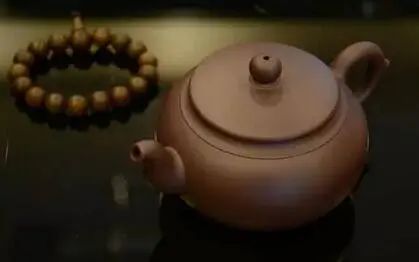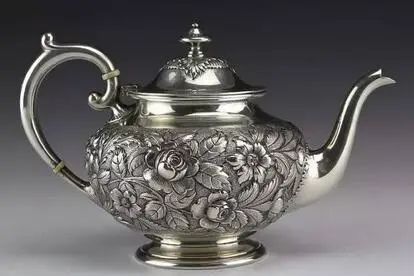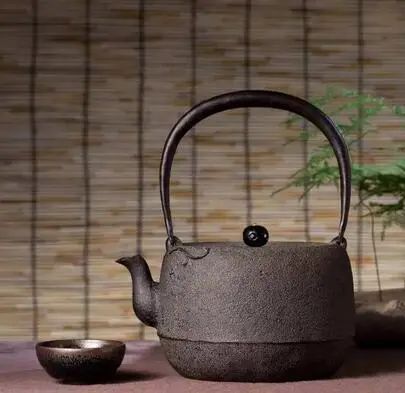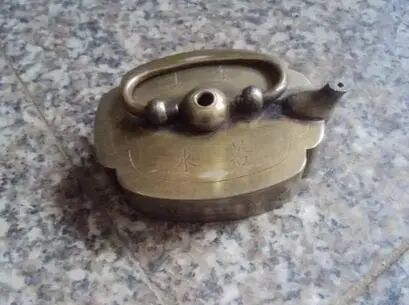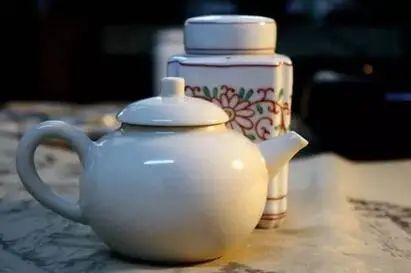The relationship between tea and tea utensils is as inseparable as the relationship between tea and water. The shape of tea utensils can affect the mood of tea drinkers, and the material of tea utensils is also related to the effectiveness of tea soup. A good tea set can not only optimize the color, aroma, and taste of tea, but also activate the activity of water, making the tea water a truly natural “nectar and jade dew”.
CLAY TEAPOT
Zisha teapot is a handmade pottery craft unique to the Han ethnic group in China. The raw material for production is purple clay, also known as Yixing purple clay teapot, originating from Dingshu Town, Yixing, Jiangsu.
1. Taste preservation effect
The purple clay teapot has good flavor preservation function, making tea without losing its original flavor, gathering fragrance and containing elegance. The brewed tea has excellent color, aroma and taste, and the fragrance is not loose, obtaining the true aroma and taste of tea.
2. Prevent tea from spoiling
The lid of a purple clay teapot has holes that can absorb water vapor, preventing the formation of water droplets on the lid. These droplets can be mixed with tea water to accelerate its fermentation. Therefore, using a purple clay teapot to brew tea is not only rich and fragrant, but also less likely to spoil. Even if tea is stored overnight, it is not easy to get greasy, which is beneficial for washing and maintaining one’s own hygiene. If not used for a long time, there will be no lingering impurities.
SLIVER TEAPOT
Metal tea sets refer to utensils made of metal materials such as gold, silver, copper, iron, tin, etc.
1. Soft water effect
Boiling water in a silver pot can soften and thin the water quality, and has a good softening effect. The ancients referred to it as’ silk like water ‘, which means that the water quality is as soft, thin, and smooth as silk.
2. Deodorizing effect
Silverware is clean and odorless, with stable thermal and chemical properties, not easy to rust, and will not allow tea soup to be contaminated with odors. Silver has strong thermal conductivity and can quickly dissipate heat from blood vessels, effectively preventing various cardiovascular diseases.
3. Sterilization effect
Modern medicine believes that silver can kill bacteria, reduce inflammation, detoxify and promote health. The silver ions released when boiling water in a silver pot have extremely high stability and low activity. The positively charged silver ions generated in water can have a sterilizing effect.
IRON TEAPOT
1. Boiling tea is more fragrant and mellow
Iron pot boiling water has a high boiling point temperature. Using high-temperature water to brew tea can stimulate and enhance the aroma of the tea. Especially for aged tea that has been aged for a long time, high-temperature water can better unleash its intrinsic aged aroma and tea flavor.
2. Boiling tea is sweeter
Mountain spring water is filtered through sandstone layers under the mountains and forests, containing trace amounts of minerals, especially iron ions and very little chloride. The water is sweet and ideal for brewing tea. Iron pots can release trace amounts of iron ions and adsorb chloride ions in water. The water boiled in iron pots has a similar effect to mountain spring water.
3. Iron supplementation effect
Scientists have long discovered that iron is a hematopoietic element, and adults require 0.8-1.5 milligrams of iron per day. Severe iron deficiency can affect intellectual development. The experiment also proved that using iron pots, pans and other pig iron utensils for drinking water and cooking can increase the absorption of iron. Because boiling water in an iron pot can release divalent iron ions that are easily absorbed by the human body, it can supplement the iron needed by the body and effectively prevent iron deficiency anemia.
4. Good insulation effect
Due to the thick material and good sealing of iron teapots, as well as the poor thermal conductivity of iron, iron teapots provide excellent insulation for the temperature inside the teapot during the brewing process. This is a natural advantage that cannot be compared to other materials of teapots.
COPPER TEA POT
1. Improve anemia
Copper is a catalyst for the synthesis of hemoglobin. Anemia is a common blood system disease, mostly iron deficiency anemia, caused by a lack of copper in muscles. The lack of copper directly affects the synthesis of hemoglobin, making it difficult to improve anemia. Proper supplementation of copper elements can improve some anemia.
2. Preventing Cancer
Copper can inhibit the transcription process of cancer cell DNA and help people resist tumor cancer. Some ethnic minorities in our country have the habit of wearing copper jewelry such as copper pendants and collars. They often use copper utensils such as copper pots, cups, and shovels in their daily lives. The incidence of cancer in these areas is very low.
3. Copper can prevent cardiovascular diseases
In recent years, research by American scientists has confirmed that a lack of copper in the body is the main cause of coronary heart disease. Matrix collagen and elastin, two substances that can keep the blood vessels of the heart intact and elastic, are essential in the synthesis process, including copper containing oxidase. It is obvious that when copper element is lacking, the synthesis of this enzyme decreases, which will play a role in promoting the occurrence of cardiovascular disease.
PORCELAIN TEA POT
Porcelain tea sets have no water absorption, clear and long-lasting sound, with white being the most precious. They can reflect the color of tea soup, have moderate heat transfer and insulation properties, and do not undergo chemical reactions with tea. Brewing tea can obtain good color, aroma, and taste, and the shape is beautiful and exquisite, suitable for brewing lightly fermented and heavily aromatic tea.
Post time: Jan-15-2025






